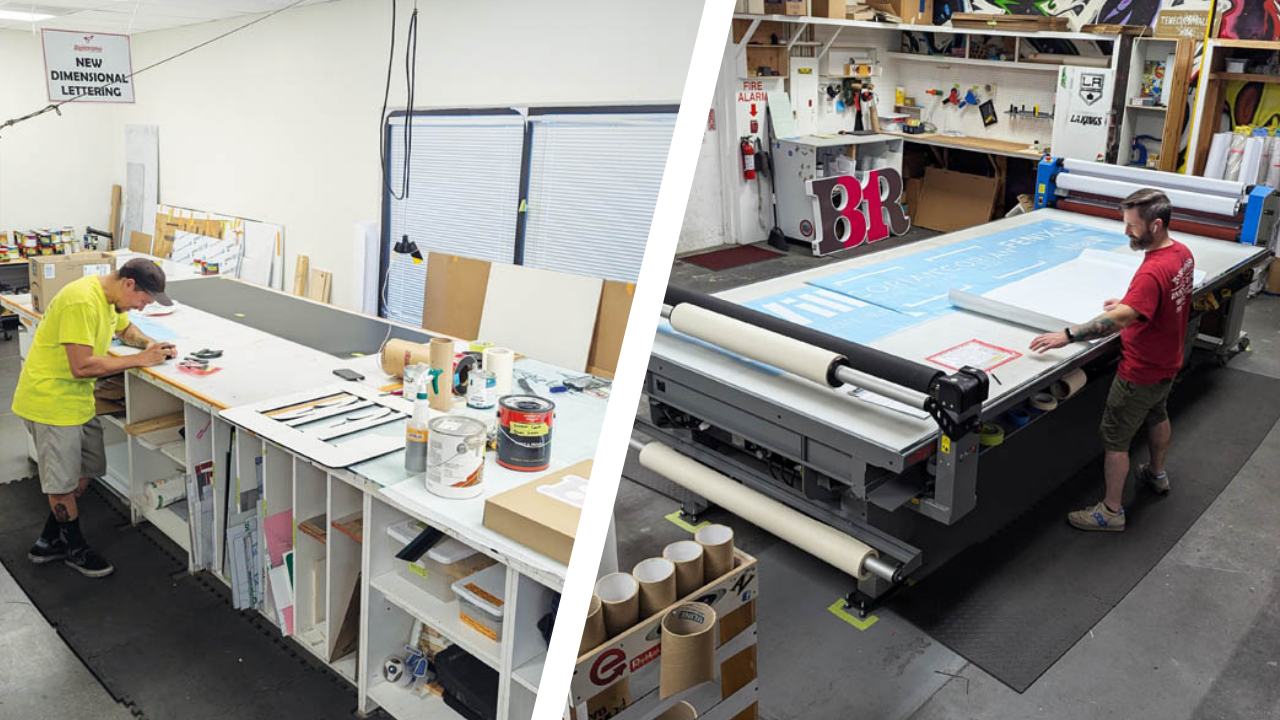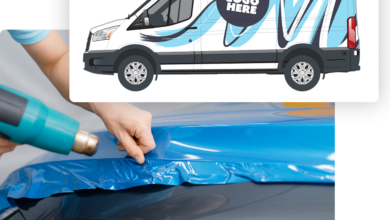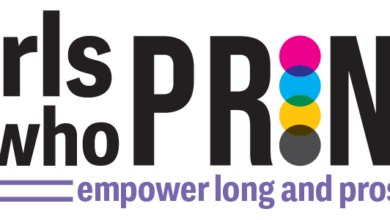A sign shop bringing in $1 million or more in sales is a big success — unless most of that revenue is going right back out the door to cover expenses. Keep that up, and it won’t be long before your million-dollar shop goes bust. Profit must come first if you want to create long-term success, and the benefits go far beyond being able to keep more of the cash you collect.
Too many business owners see profit as something that comes after they pay everything and everyone else. But it’s what makes everything else possible: growth, creativity, quality, and customer service.
Being profit-driven means being strategic, sustainable, and focused on building a sign shop that lasts. Here’s why it’s one of the smartest moves you can make as a sign shop owner, and how to make it happen:
Benefits of going for profit
Besides giving you a financial cushion for slow seasons, the profit you build intentionally means you can grow your business in several ways:
- Investing in better resources: New printers, routers, or software aren’t cheap, but they can make you faster, more efficient, and more competitive. Using the latest equipment also enables you to attract top-notch installers, designers, and production staff with better pay, benefits, and bonuses, not to mention the chance to work at a high-functioning shop.
- Taking on bigger, better jobs: Larger projects often mean longer timelines, upfront materials costs, and tighter quality controls. The profit you’ve built gives you the team and equipment to accept those jobs confidently, without stressing about cash flow or staffing issues. And you no longer have to take every minor job that comes along just to get the cash.
- Focusing on the right customers: Not every job is worth taking. A profit mindset helps you identify your most valuable clients: those who appreciate your work, pay on time, and bring repeat business. That means less chasing, fewer headaches, and more consistent revenue.
- Making smarter decisions: Profit-focused shops know their margins, which leads to better pricing, tighter estimates, and more thoughtful decisions about what services to offer — or stop offering. You’ll spend more time on what pays off and less on what doesn’t.
Getting to profit
Once you’re focused on profit, you start paying more attention to the financial and nonfinancial factors that affect it, including booking percentages, the number of quote requests and booked orders received, and, of course, price increases from vendors.
Look at the productivity of your production and installation crews. To ensure projects run efficiently through the shop, closely monitor their turnaround times and whether they require prompt customer approvals. Does your shop look its best? Make your lobby and storefront inviting to customers, which will help you stand out from other sign companies.
Vendor pricing plays a significant role in profitability. You should have a tracking system to monitor the cost of all standard materials. The system we use enables us to quickly adjust our pricing when vendors raise theirs. We can also keep up more easily with inflation, and the system makes it easier to handle all the tariff talk.
Your system should also enable cost-tracking to determine where certain percentages should be allocated. It should track COGS percentages for in-house and outsourced projects, as well as where your general overhead percentages are based on revenue. Review the numbers monthly to make sure your COGS and other numbers are within those optimal ranges.
Tips for raising net profit
We try not to have slow seasons, but they inevitably arise. When faced with a downturn, double your marketing efforts through increased community involvement and targeted outreach to specific business sectors. Remember the importance of local in-person marketing through efforts like placing decals on doors, handing out brochures, and networking at chamber of commerce meetings.
Other tips for profitability include:
- Raising prices frequently, especially if you continue to hear about vendor price increases and inflation.
- Controlling expenses as much as possible: below 25% of revenue, with wages about 30% of revenue. Keep staffing levels lean and efficient to maximize productivity, with wages about 30% of revenue.
- Watching your COGS: Keep inside COGS at 14-18%, and outside COGS as much below 40% as possible.
- Pulling out profits each month and depositing them in a savings account can help you grow your cash for investment. Short-term CDs are another option when interest rates are better.
Boring is good
I like the way Roger Robinson, Signarama’s franchisee profit and financial coach, puts it: You want to run a boring (in the low-stress, stable, predictable sense of the word), profitable sign company. His “scoreboard” system of staying within proven percentages and selling for value, rather than trying to compete on price, has changed the way we run our sign shop. Cash flow has improved, and it has helped us get our P&Ls on a better track to manage those numbers monthly.
Your differentiator should never be that you’re a low-price sign company. Instead, you should sell value, be quick with quotes, respond to customers in a timely fashion, and have an efficient turnaround time. Be a top-notch “custom” sign company with excellent service and charge accordingly, and you’ll soon be running a profit-driven shop.




